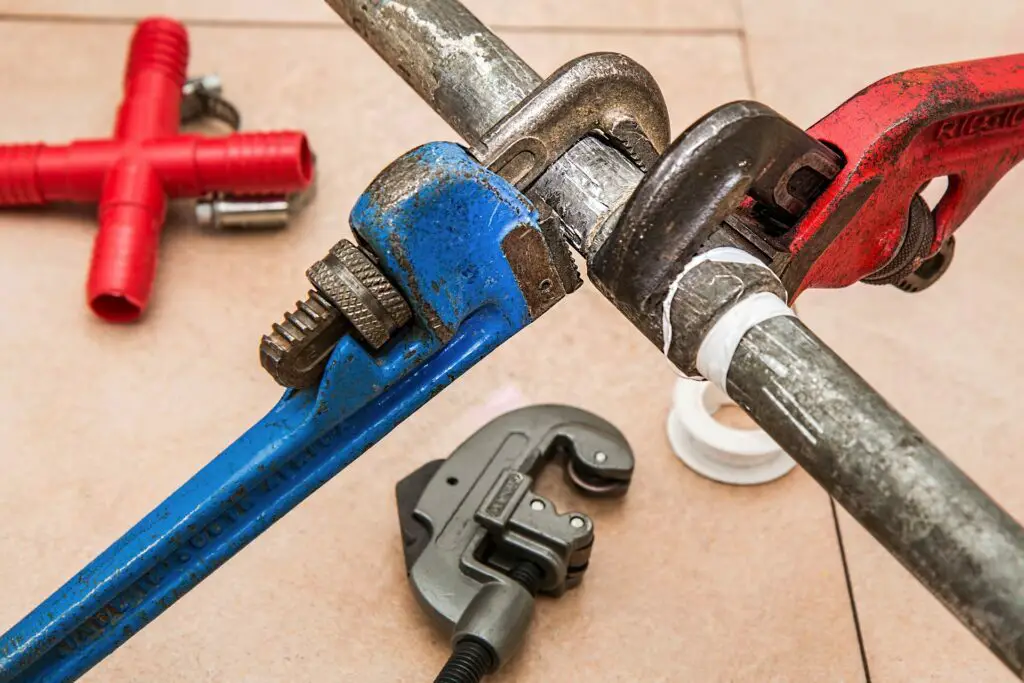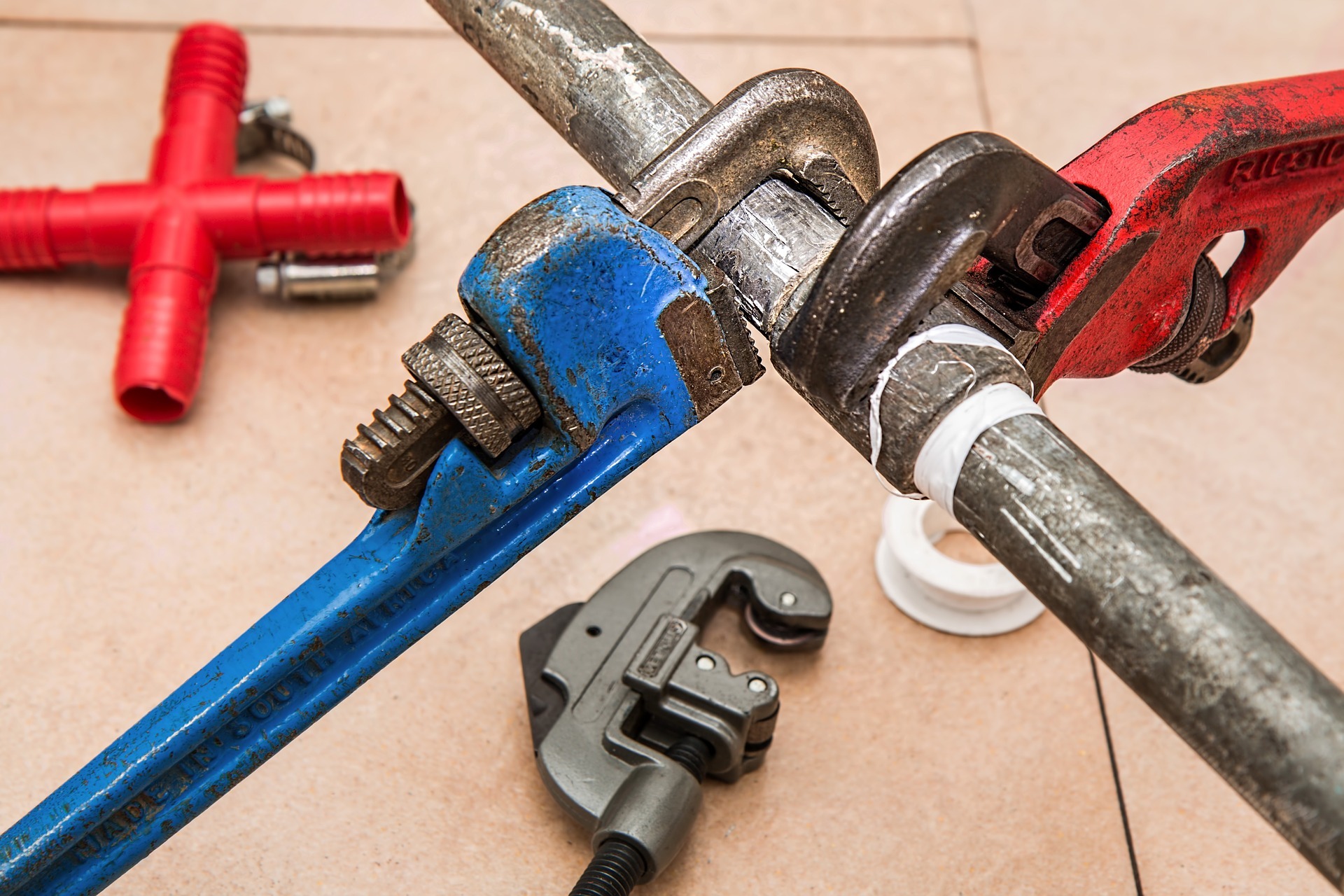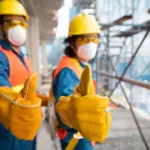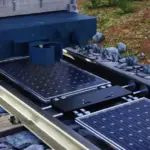Water lines are the lifelines of our homes, supplying the essential resource we rely on every day. However, these vital conduits are not immune to damage. Understanding the different types of water line damage, their causes, and the solutions for effective repair is crucial for maintaining a reliable water supply and preventing costly issues.
From burst pipes and corrosion to leaks and tree root intrusion, water line damage can disrupt our daily lives and lead to significant water wastage and potential property damage. That’s why timely action and professional water line repair are essential to address these issues efficiently.
This article will explore the various types of water line damage, investigate their underlying causes, and provide practical solutions for effective repair. By apprehending the sources of water line damage and learning how to address them, homeowners and property owners can take proactive steps to ensure the integrity and longevity of their water lines.

Burst Pipes: Causes and Repair Solutions
Burst pipes can be a homeowner’s worst nightmare, leading to water damage, disruptions in water supply, and potential property damage. Homeowners must understand the causes behind burst pipes and how to repair them effectively.
Causes:
- Freezing Temperatures: In colder climates, water inside pipes can freeze and expand, causing them to burst.
- Aging Pipes: Over time, pipes can deteriorate, weaken, and eventually burst.
- High Water Pressure: Excessively high water pressure can stress pipes, leading to bursts.
Repair Solutions:
- Shut off the Water: When a pipe bursts, it’s crucial to turn off the main water supply to prevent further damage.
- Identify the Burst Pipe: Locate the area where the pipe has burst and assess the extent of the damage.
- Call a Professional Plumber: Contact a professional plumber experienced in burst pipe repairs to assess and fix the issue.
- Replace or Repair the Pipe: Depending on the extent of the damage, the burst pipe may need to be replaced or repaired. A plumber will recommend the best course of action.
Also Read: 5 things you should do now to prevent water damage
Corrosion: Causes and Repair Solutions
Corrosion can gradually weaken water lines, leading to leaks, reduced water pressure, and potential contamination. Understanding corrosion causes and implementing effective repair solutions can help prevent further damage.
Causes:
- Age: Over time, water lines can corrode due to the effects of aging.
- Water Chemistry: Certain water conditions, such as high acidity or alkalinity, can accelerate corrosion.
- Soil Conditions: If water lines are in contact with corrosive soil, it can contribute to corrosion.
Also Read: What To Expect During A Commercial Property Inspection
Repair Solutions:
- Identify Corroded Areas: Inspect water lines for signs of corrosion, such as discoloration or pitting.
- Replace Affected Sections: Corroded sections of the water line may need to be replaced with corrosion-resistant materials.
- Implement Protective Measures: Consider applying protective coatings or using sacrificial anodes to reduce future corrosion risks.
- Regular Maintenance: Implement a routine maintenance plan to promptly monitor and address any signs of corrosion.
Leaks and Pinhole Leaks: Causes and Repair Solutions
Water line and pinhole leaks can lead to water wastage, higher utility bills, and potential damage to surrounding structures. Identifying the causes and implementing effective repair solutions is crucial for minimizing these issues.
Causes:
- Pipe Degradation: Aging pipes can develop leaks due to material deterioration.
- Water Pressure Changes: Rapid changes in water pressure can stress pipes and lead to leaks.
- Pinhole Leaks: Pinhole leaks can occur due to localized corrosion or manufacturing defects.
Repair Solutions:
- Locate the Leak: Inspect the affected area for signs of moisture or water stains to identify the leak’s location.
- Shut off the Water: Before repairing the leak, turn off the water supply to prevent further damage.
- Repair or Replace the Pipe: Depending on the severity of the leak, it may be necessary to repair or replace the affected section of the water line.
- Seek Professional Assistance: Contact a professional plumber for complex or hard-to-reach leaks to ensure a proper repair.
Tree Root Intrusion: Causes and Repair Solutions
Tree root intrusion threatens water lines, causing blockages, leaks, and pipe collapses. Understanding the causes of tree root intrusion and implementing effective repair solutions can help prevent further damage.
Like Us on Facebook!
Causes:
- Proximity to Trees: Water lines located near trees provide an attractive source of moisture for roots.
- Cracks or Joints: Existing cracks or joints in water lines can provide entry points for tree roots.
Repair Solutions:
- Locate the Intrusion: Use specialized equipment to locate and assess the extent of the tree root intrusion.
- Remove Tree Roots: Clear the intrusive tree roots using mechanical methods or root-killing treatments.
- Repair or Replace Damaged Sections: Repair or replace the damaged sections of the water line to restore functionality.
- Prevent Future Intrusion: Install root barriers or consider relocating water lines away from tree root zones to prevent future intrusions.
Clogs and Blockages: Causes and Repair Solutions
Clogs and blockages in water lines can disrupt water flow, cause backups, and lead to various issues within a plumbing system. Understanding the causes and implementing effective repair solutions is crucial for maintaining proper water flow.
Subscribe Us on YouTube!
Causes:
- Foreign Objects: Objects such as debris, grease, or sanitary products can cause blockages in water lines.
- Accumulated Sediment: Over time, sediment can build up and restrict water flow within the pipes.
- Pipe Misalignment: Misaligned pipes or improper installation can lead to frequent clogs.
Repair Solutions:
- Clearing the Blockage: Use plumbing tools like plungers or drain snakes to clear minor clogs. For more severe blockages, seek professional assistance.
- Hydro Jetting: Professional plumbers can use hydro jetting techniques to remove stubborn clogs and blockages.
- Pipe Inspection: Conduct regular pipe inspections to identify misalignments or potential blockage areas. Address misalignments promptly to prevent recurring clogs.
- Implement Preventive Measures: Educate household members about proper disposal practices and consider using drain screens to catch debris.
If you encounter complex or extensive damage, seeking professional assistance for a thorough assessment and professional water line repair is always recommended.
Conclusion
Knowing about the various types of water line damage and their respective causes and repair solutions is vital for maintaining a functional plumbing system. Whether it’s burst pipes, corrosion, leaks, tree root intrusion, or clogs and blockages, timely action is key.
While some minor repairs can be handled independently, it’s important to remember that complex or extensive damage requires the expertise of a professional plumber.
Attempting DIY repairs without proper knowledge and experience can lead to further complications and costly mistakes. Professional water line repair ensures that the issues are accurately assessed and effectively addressed, restoring the integrity of your water lines and minimizing future problems.
Don’t overlook the importance of professional assistance when it comes to your water line repair needs. By relying on trained professionals, you can have peace of mind knowing that your water supply is in capable hands and your plumbing system will continue to serve you reliably for years to come.











